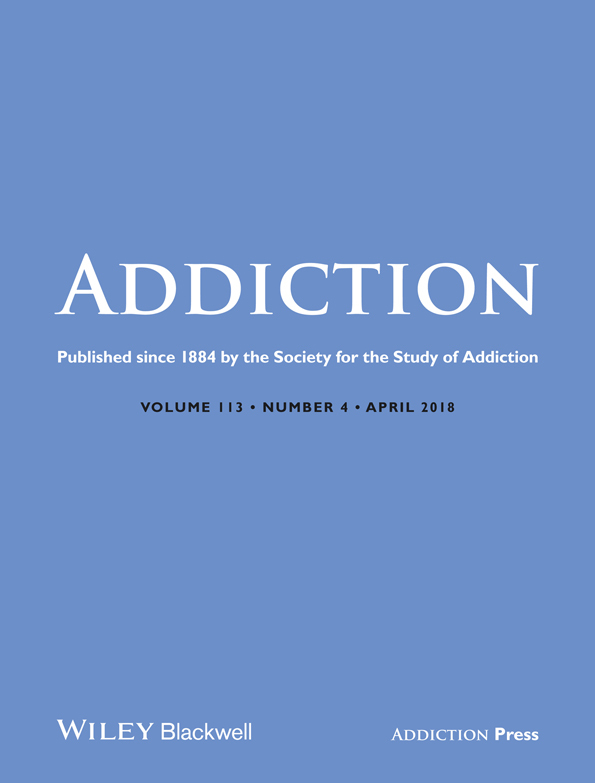The genetic and environmental architecture of substance use development from early adolescence into young adulthood: a longitudinal twin study of comorbidity of alcohol, tobacco and illicit drug use
Abstract
Aims
To investigate how use of alcohol, illicit drugs and tobacco come from substance-specific pathways and from pathways general to all three substances through adolescent development.
Design
Analysis of population-based survey. Adolescent twins reported alcohol use (AU), tobacco use (TU) and illicit drug use (IDU) in three waves (2006, 2008, 2010). Restructuring data by age allowed for variance decomposition into age- and substance-specific and common genetic and environmental variance components.
Setting
Norway.
Participants
Seven national twin birth cohorts from 1988 to 1994, totalling 1483 pairs (558 monozygotic; 925 dizygotic, same and opposite sex).
Measurements
Six-point Likert scores of AU, TU and IDU on items from the Monitoring the Future Study.
Findings
Substance use was found to be highly heritable; a2 = 0.73 [95% confidence interval (CI) = 0.61–0.94] for AU, a2 = 0.36 (CI = 0.18–0.52); d2 = 0.49 (95% CI = 0.29–0.62) for IDU and a2 = 0.46 (95% CI = 0.23–0.54); d2 = 0.05 (95% CI = 0.00–0.07) for TU during the whole adolescence period. General substance use (GSU) was also highly heritable at each age and averaged a2 = 0.57 (95% CI = 0.48–0.66). There was a high genetic carry-over from earlier age to later age. Genetic effects on GSU at ages 12–14 years were still detectable 4 years later. New substance (general and specific)-genetic effects also appeared. IDU demonstrated significant non-additive genetic effects (ages 12–14 years). Shared environment had a small impact on AU only. There was almost no non-shared environmental carry-over from age to age, the effect probably due partly to reliability deficiency. Common genetic effects among substance and substance-specific genetic effects were observed at each age-period.
Conclusions
Among Norwegian adolescents, there appear to be strong genetic effects on both substance-specific and comorbid use of alcohol, illicit drugs and tobacco; individual differences in alcohol use can be explained partially by family background.




